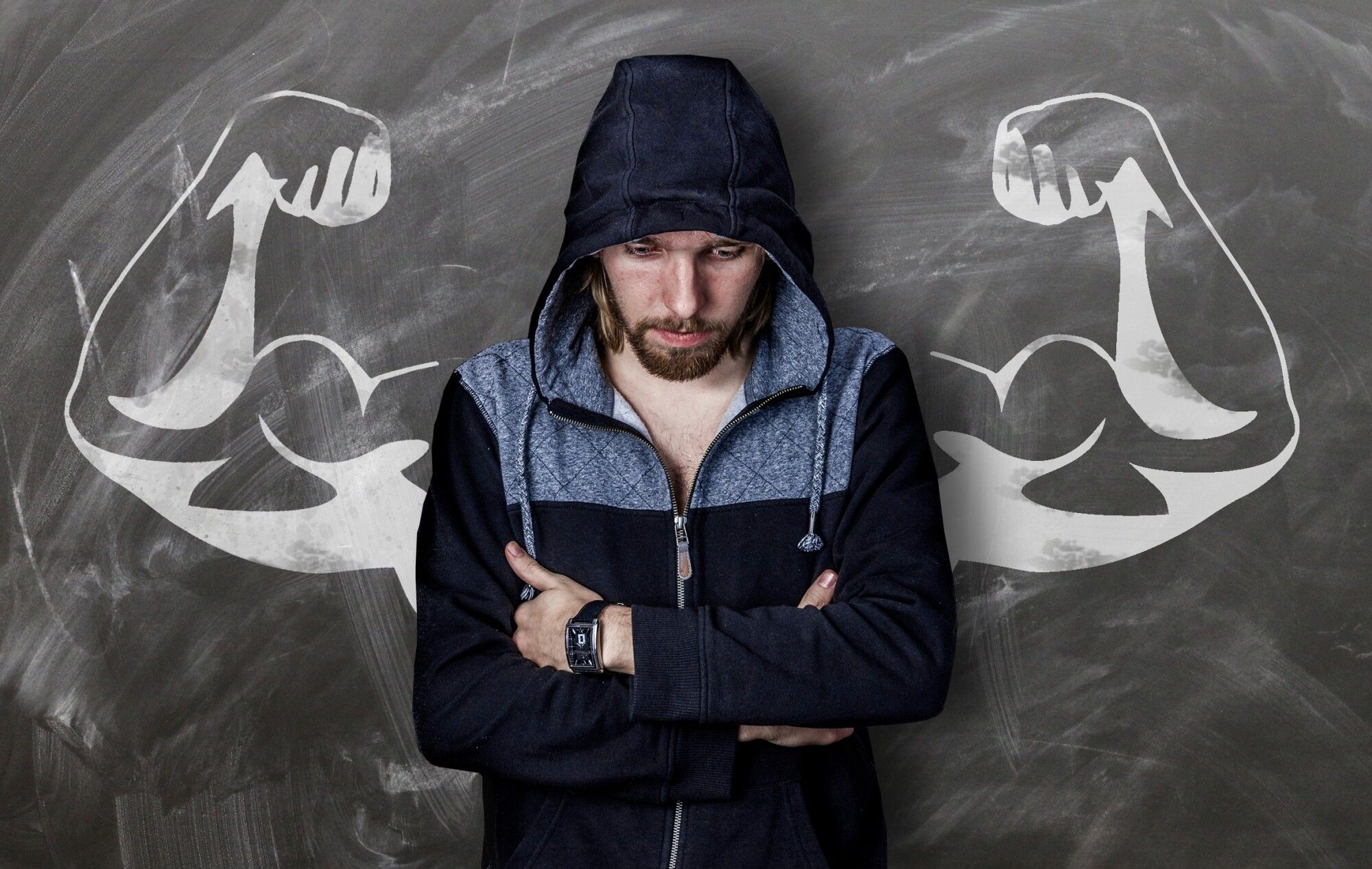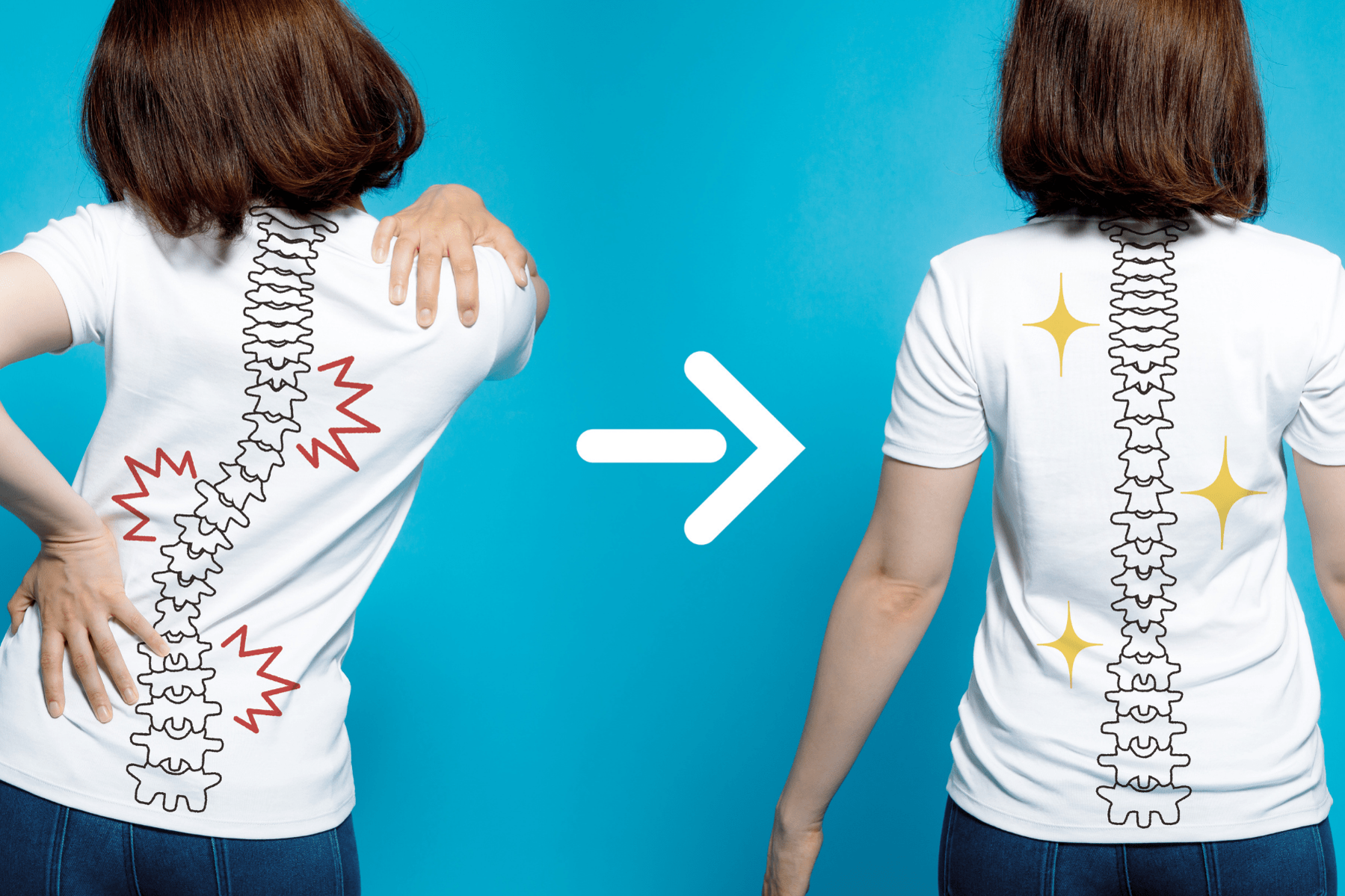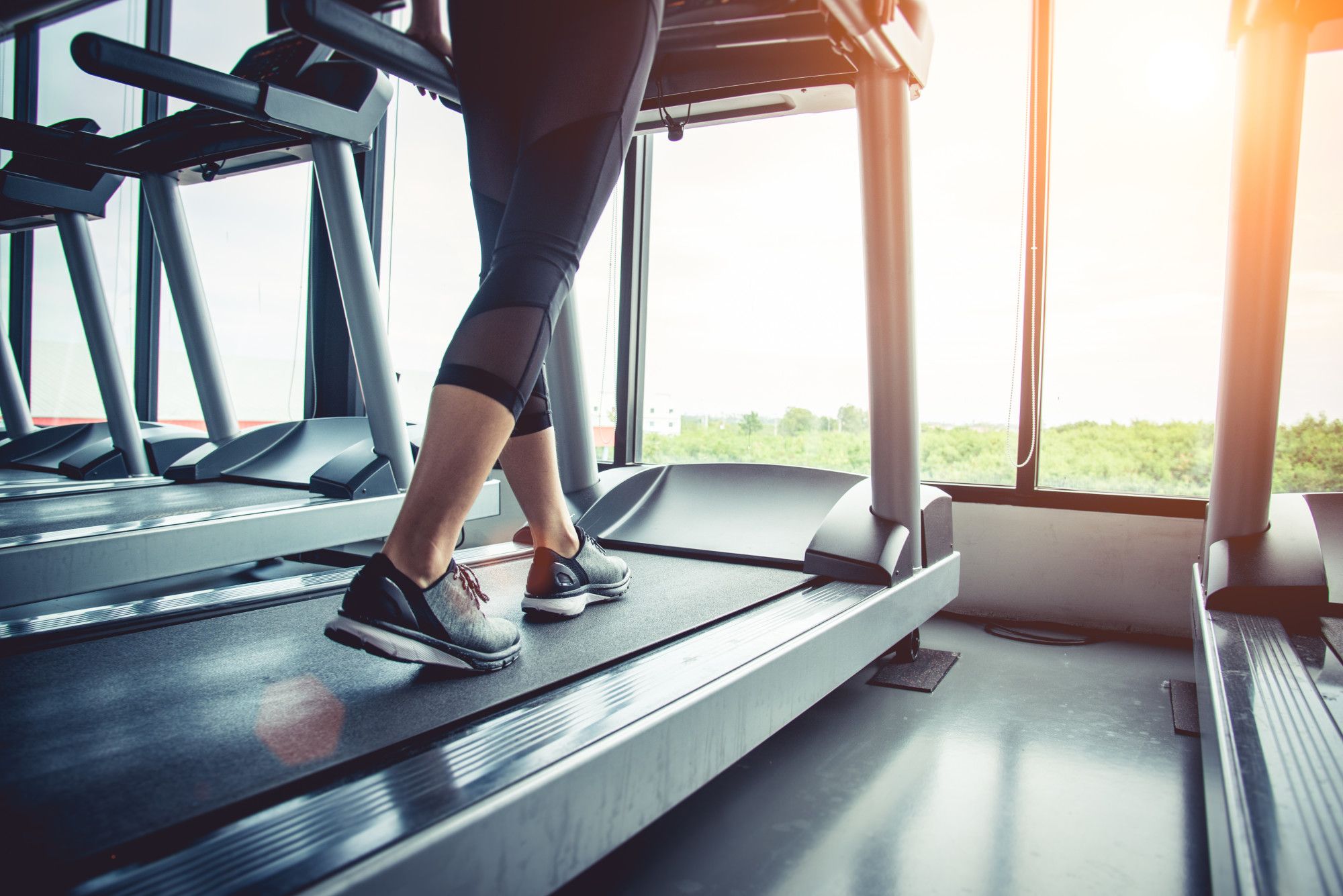As the owner of a fitness business, you need to give a physical fitness assessment to new clients to determine baseline measurements. Long-term clients need interim fitness tests to motivate them. From their progress, you will be able to give them workout plans and make training recommendations.
The National Academy of Sports Medicine (NASM) has a standard PAR-Q, which stands for physical readiness assessment questionnaire. Collection of this basic data on every client is a given. But by performing a number of other fitness tests, you can glean a wealth of additional information that you as the trainer and every client with specific fitness goals will find useful.
This article will explore five things that every fitness assessment should include. Read on to see how your checklist measures up.
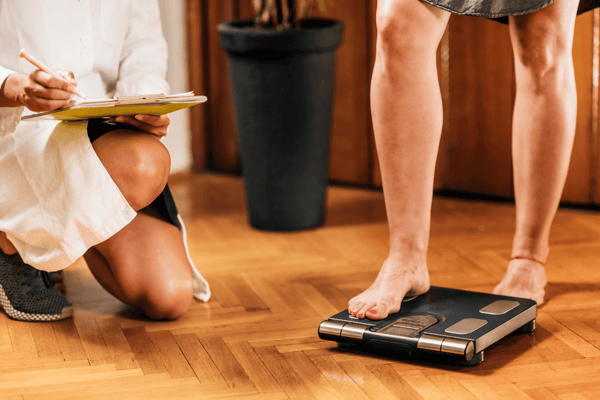
1. Body Composition
Knowing your height, weight, resting heart rate, etc., and so on from the PAR-Q is fine as a first step. But what people are really interested in is their percentage of body fat and muscle mass growth. You can take these measurements easily using a 3D body scanner.
Some scanners use bioelectrical impedance analysis (BIA) to measure a person's muscle mass, body fat, body water. Using electrodes, small electrical currents are passed through the body and measure impedance. Fat offers greater resistance to the current than muscle mass, and this is what makes measurements possible.
At Styku, however, we use a superior method. Styku infrared body scanners produce a virtual 3D model of your body within a few seconds. Not only do you get to see what your body looks like in real life (it's different than looking in the mirror), you get biometrics on each part of your body.
This means, for example, that you can find out a client's regional body fat distribution. It might be that the client wants to lose more fat from their waist than their legs say. You can track this over time — and any other biometric — by scanning the body periodically.
Automatic circumference measurements of cross-sections of the body, as well as body fat and subcutaneous fat measurements, and much more, are presented by the software as a progress report. The software dashboard allows you to examine each biometric in detail.
Clients find these detailed progress reports (before and after analyses) very motivating. As a result, most of them become more focused on their fitness training. They often request trainers to target specific goals for particular areas of their bodies.
The scanner provides a powerful visual aid and gives precise biometric information that is 99% accurate. With the Styku 3D scanner, there is no need for BIA or the old-fashioned caliper method to estimate body fat.
Fitness Assessment While Standing Still
The Styku 3D body scanner assesses fitness while the client stands upright with their arms held slightly away from their body. The analysis is a fairly accurate predictor of their general level of fitness. There are other tests to determine the specifics, such as the test of their cardiovascular endurance.
2. Cardiovascular Performance
Cardiovascular fitness is essential. It determines your endurance during exercise. It measures the capacity of your lungs and heart to supply oxygen and energy to your body. Cardiovascular exercises reduce the risk of heart disease.
Another name for cardiovascular exercise is aerobic exercise. The healthier your lungs and heart are, the longer you can continue doing the exercise in question without getting tired.
Common tests for cardiovascular endurance include:
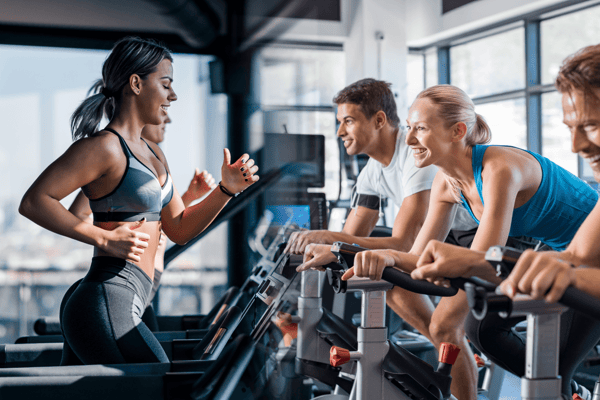
Stationary bike or treadmill tests
Heart and respiration tests are performed before and after riding or running for an extended period of time. Your blood pressure and heart rate can be monitored during the test, as well as before and after. You should be aware that there are differences in the cardiovascular response between the stationary bike and the treadmill methods, but either one will give you a general idea of the client's level of fitness.
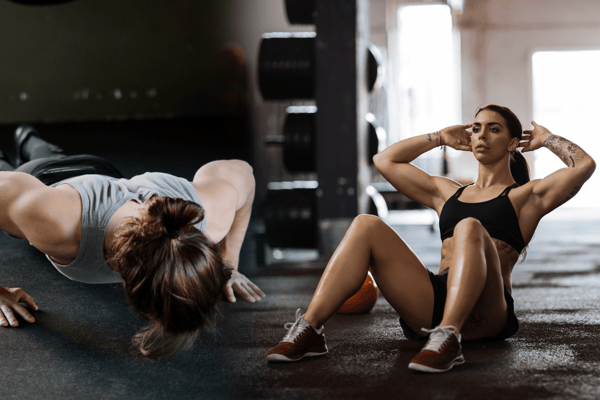
Sit-Ups and Push-Ups
Cardiovascular endurance can also be measured by doing different types of exercises, such as sit-ups or push-ups. This type of cardiovascular endurance test is normally reserved for athletes or sportspeople with a moderate level of fitness.
It is no use trying to perform this type of test on someone who finds these exercises difficult. In such cases, it's better to test the cardio by getting the person to perform curl-ups instead. Upper body, and modified push-ups, with the knees remaining on the floor.
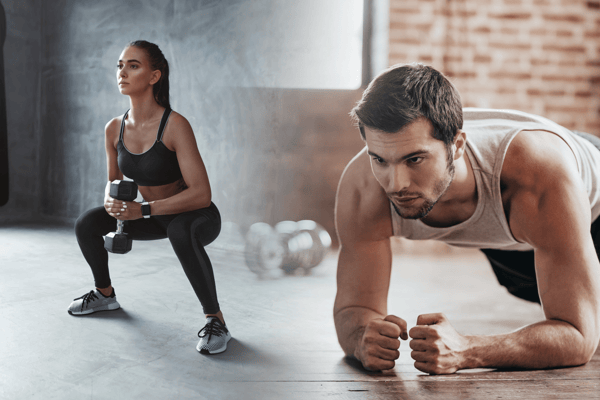
3. Fitness Assessment By Testing Muscle Strength and Endurance
Any comprehensive physical fitness assessment should include tests to determine a person's level of muscle strength and endurance.
Muscular endurance is a simple measure of how long your body can exercise before getting tired. The focus is on strength. The primary objective here is to see how long particular muscle groups can contract and relax before fatigue sets in.
Muscle strength and endurance are evaluated by getting the client to perform:
- Squats (or repetitions of sitting down on a chair and standing up)
- Push-ups
- Planking (on the floor!) to test core strength and stability.
Count the number of squats and push-ups, and measure the time spent in the plank position.
Experienced personal trainers are able to gauge the person's level of muscular strength and endurance by comparing results to others of the same gender and similar age.
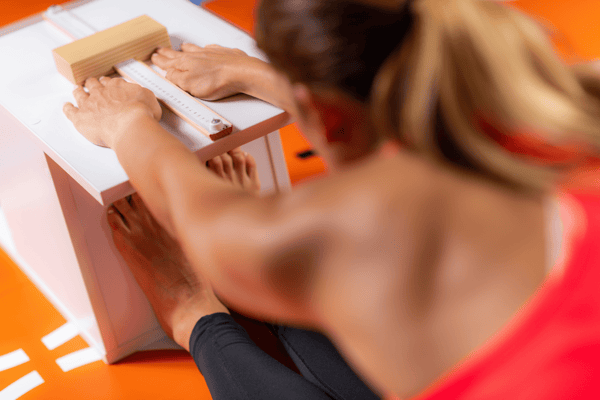
4. Assessment of Joint Flexibility
It is inevitable that as we age, our joints become less supple. The same is true if we persist in sedentary occupations without taking regular exercise.
To prevent prescribing exercises that might induce undue strain in your clients, you need to get them to perform flexibility tests. This will give you a good idea of the range of motion they have in their joints. In terms of how joint flexibility contributes to overall fitness, some difference of opinion exists.
Some believe that increased health benefits come with increased joint flexibility. Others argue that there is insufficient research to support this view either way.
Anecdotally, however, increased flexibility can prevent and relieve pain. It also helps to correct posture and can contribute to preventing musculoskeleta456654l injury. Since workouts can be punishing, the more flexible a person's joints are, the better.
Test flexibility with stretching exercises, particularly ones that target the hamstrings and lower back. Personal trainers will work hard to ensure that a good exercise plan, including stretching, so that the client maintains flexibility.
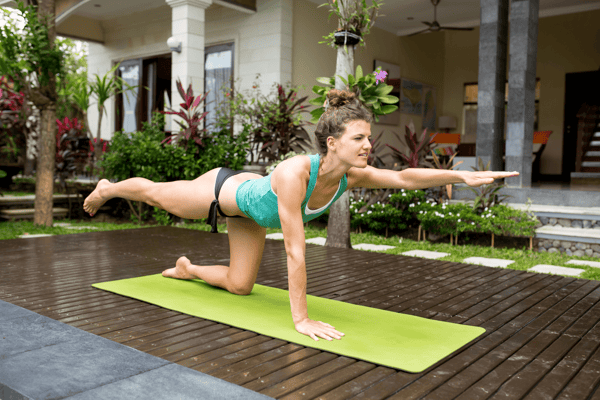
5. Mobility and Stability
Functional Movement Screening (FMS) is something that Gray Cook, Lee Burton, and Keith Fields developed in the 1990s. As professional exercise physiologists, they came up with a series of seven movements and three clearing tests to gauge a person's level of mobility and stability.
Strictly speaking, this is not a test but a series of movements someone performs and a trainer documents on an FMS scorecard. It can be used for anyone but is ideal for clients who have a history of bodily injury or a disability that needs to be taken into account when developing an exercise plan for them.
FMS focuses on the quality of movement. It does not stress power, strength, or endurance. The scoring system uses a score of either one, two, or three for each main group of movements.
Movement patterns include a hurdle step, deep squat, unassisted straight leg raise, rotary mobility, and shoulder mobility, among other things. One of the objectives is to note whether the client experiences pain and to what degree when performing these range of movement tests.
A personal trainer can use this information to make bespoke recommendations to the client. It takes up to 20 minutes to administer the FMS. You need training in the use of this equipment in order to administer the screening.
Assessing Your Fitness Assessments
By performing a thorough fitness assessment for each new client at your training center, you are raising the bar, so to speak, in terms of the services you provide. Not only will clients feel assured that they are in good hands, but you will also get a much better idea of the client's fitness potential.
That way, you will be able to tailor an exercise and workout plan suited to their needs and fitness goal. Digital fitness assessment tools such as the Styku 3D body scanner obviously provide the most comprehensive details you could wish for.
By making the scanner part of your evaluation and assessment process, you will increase your effectiveness as a trainer. Indirectly, because you're providing a better service, it will also increase revenue for your fitness center.
Fitness Assessments as a Way to Craft Recommendations
High-tech solutions like our scanner work very well in tandem with the back-up of traditional methods and benchmarks for testing fitness.
A great fitness assessment can solve this by personalizing both the fitness test and the resulting fitness plan. Consider age, injury history, and goals while conducting the fitness tests, and especially while crafting fitness recommendations.
Please connect with us if you have any fitness-related questions by using the chatbox on our blog. In the meantime, we hope you enjoy our other articles on how to be fitter, healthier, and better as a human being


